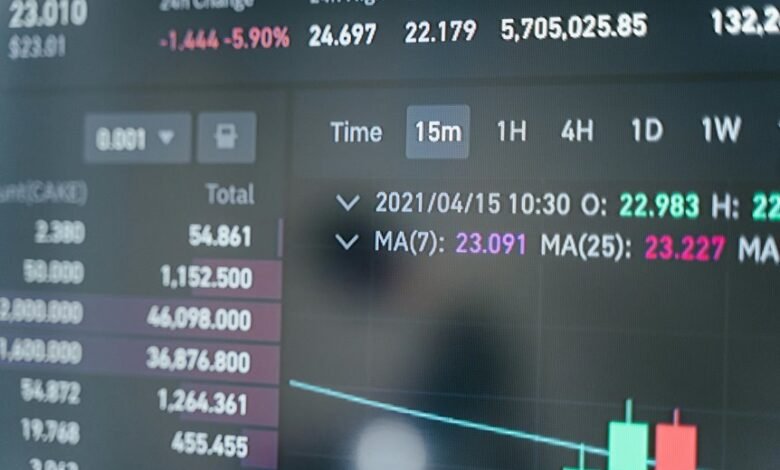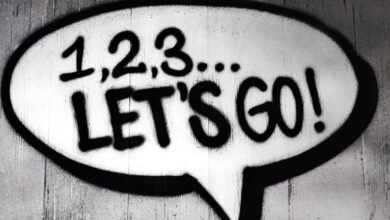The Caller You Can’t Ignore: 9149127033

The number 9149127033 has emerged as a source of intrigue and concern among those who receive its calls. Its origins remain unclear, leading to various interpretations of the caller’s intent. Recipients often find themselves grappling with anxiety, questioning whether the outreach is harmless or potentially harmful. As the mystery unfolds, many wonder what steps they should take next to protect themselves from unforeseen consequences. What lies behind this enigmatic number?
The Mystery Behind 9149127033
What secrets lie behind the phone number 9149127033? Its mystery origins provoke curiosity, as individuals speculate about the caller’s motives.
Is it a benign outreach or something more sinister? The ambiguity surrounding this number fuels intrigue, prompting questions about its purpose.
In an age where communication can feel constraining, the enigma of 9149127033 represents a search for understanding and autonomy.
Common Reactions to the Calls
Many individuals experience a range of reactions upon receiving calls from the mysterious number 9149127033.
Commonly, caller anxiety manifests as unease, prompting recipients to question the nature of the call. Many resort to various response strategies, such as ignoring the call or researching the number, in hopes of alleviating their concerns.
This instinctive behavior reflects a natural desire for control and security in uncertain situations.
What to Do If You Receive a Call
Receiving a call from an unknown number, especially one that elicits anxiety, raises important questions about the best course of action.
Individuals should consider call blocking to prevent further disturbances. Additionally, reporting numbers to relevant authorities can help protect others from potential scams.
Analyzing the situation calmly allows for informed decisions, prioritizing personal freedom and safety in an increasingly connected world.
Understanding Caller ID and Phone Scams
Although Caller ID technology provides a sense of security by displaying the identity of incoming calls, it can often be misleading.
Many phone scams exploit this feature, masking their true origins. This manipulation raises questions about the reliability of Caller ID and the vulnerability of individuals.
Awareness of these deceptive tactics is essential for maintaining personal freedom and safeguarding against potential fraud.
Conclusion
In a world where phones can summon both friends and phantoms, the enigmatic 9149127033 stands as a beacon of modern mystery. Perhaps it’s a harbinger of doom or just a misguided telemarketer seeking to sell you the latest miracle mop. As recipients wrestle with their fears, one must ponder: is it wise to block the unknown or embrace the thrill of an unexpected chat? After all, who doesn’t love a little suspense with their daily dose of digital anxiety?





